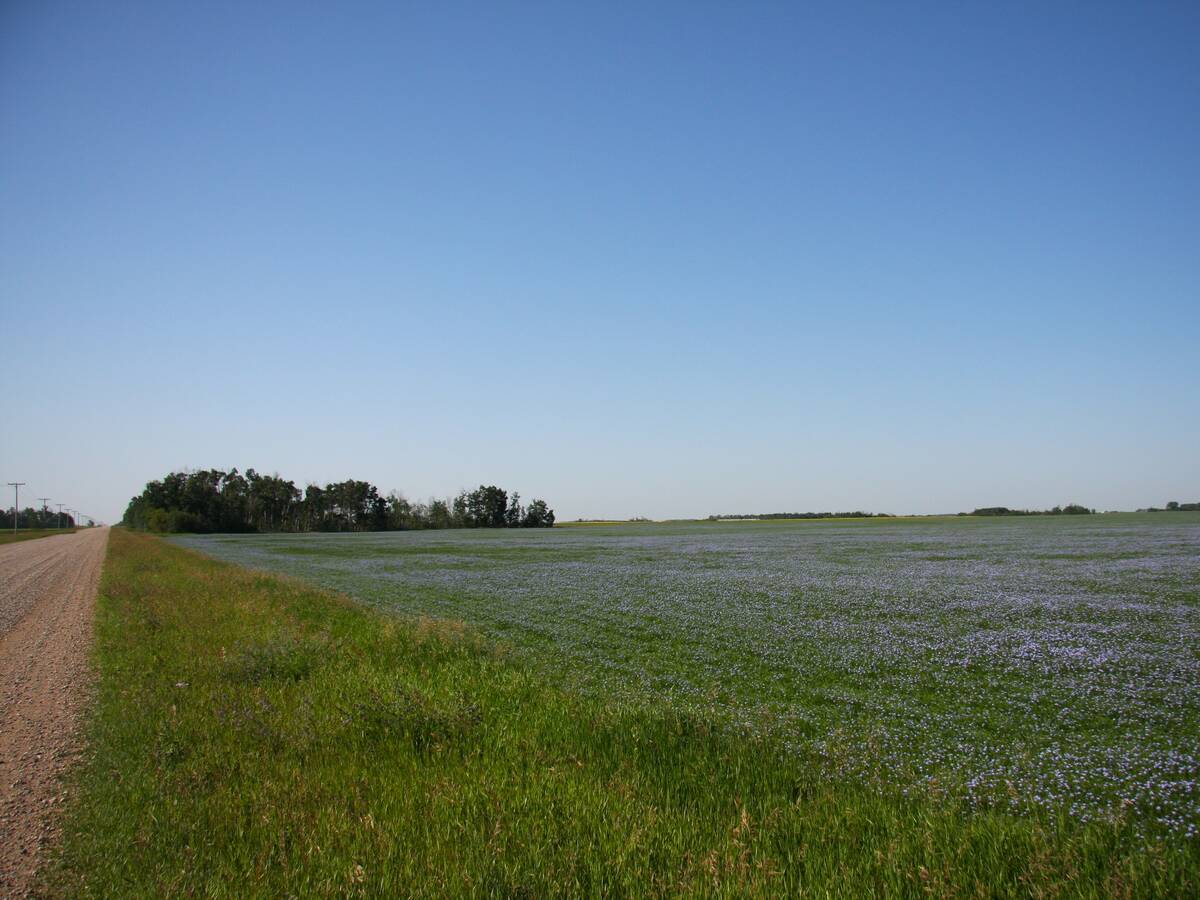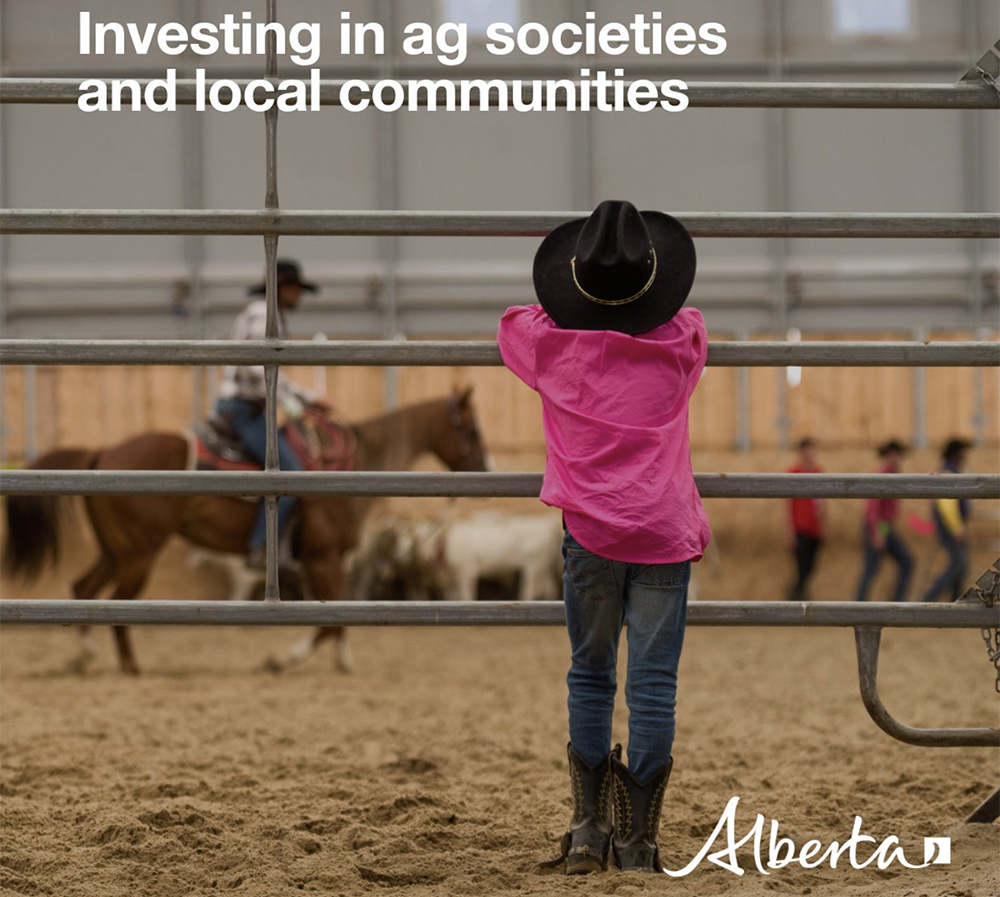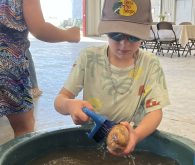Provincial government commits to spending $2.5 million per year to help agricultural societies maintain infrastructure
A new provincial program that will provide $2.5 million per year to upgrade the facilities of Alberta’s agricultural societies is being welcomed despite the fact their infrastructure totals about $1.4 billion.
“These volunteer organizations have been doing the best job they can to ensure that infrastructure has remained as viable as possible,” said Tim Carson, chief executive officer of the Alberta Association of Agricultural Societies (AAAS).
“At the end of the day, support is support, and you get to work with what you have.… These organizations will continue to fundraise for their facilities, but the new grant program is tremendous.”
Read Also

Farmland advisory committee created in Saskatchewan
The Saskatchewan government has created the Farm Land Ownership Advisory Committee to address farmer concerns and gain feedback about the issues.
Agriculture minister RJ Sigurdson unveiled the Agricultural Societies Infrastructure Revitalization Program during a recent news conference at the Millarville Racing and Agricultural Society southwest of Calgary.
Agricultural societies own or operate more than 900 facilities across Alberta, including community halls, ice rinks, grandstands and riding arenas, said Sigurdson. They act as the hub of the rural communities they serve, hosting more than 30,000 events and activities per year, he said.
“Whether it’s repairing the roof of a community hall, upgrading a commercial kitchen or making the entrance to the local curling rink more accessible, this new capital grant program will ensure that ag societies can continue enhancing Alberta’s rural communities.”
The program will provide an annual total of $2.5 million in capital funding for major repairs, allowing agricultural societies to extend the life of their existing facilities, said Sigurdson. Depending on the scope of their projects, successful applicants will each receive $10,000 to $100,000, he said.
It will provide much-needed relief for aging infrastructure essential to rural Albertans, he said.
“And definitely, we’ve seen a need across the province and that’s why we made it an annual funding, so this isn’t an announcement of just a one time ($2.5 million).”
Carson said the AAAS has been given information “that … sounds like it would be at least a 10-year program, so all in all, I think that our agricultural societies will make great use of the results.”
Restrictions on social gatherings due to the COVID-19 pandemic resulted in the cancellation of many events that the province’s 290 agricultural societies relied on to raise money for their operations, he said. Northlands in Edmonton was forced to close in 2021 after 142 years in operation largely due to financial challenges that preceded the pandemic, he added.
Explore Edmonton took over the management of the K-Days exhibition and the Farmfair International livestock and agricultural show. Carson said Alberta’s agricultural societies have recovered from the pandemic.
“One of the, I’ll call it results of the pandemic, is that people are really interested in attending local events, so the rodeos, the festivals, the fairs, the things that have been happening across small communities across Alberta have been very well attended. They’ve been successful as events and really have started to reignite the fire that is in the agricultural societies.”
However, the organizations are facing challenges getting sufficient volunteers to put on such events, “and maintaining these facilities for community use does seem to be waning a little bit, so it’s a bit of a Catch-22,” said Carson.
“One side of the sword is quite sharp and exciting, and the other side, we have some work to do.”
Some of the societies have existed for longer than Alberta has been a province, he said.
“Sometimes, we really do have to take the time to shine a light on the agricultural societies, their heritage, what’s been accomplished and what the potential is.”
They are continuing to evolve and grow, said Carson.
“The ag society of the 1950s is not the ag society of today, and it certainly won’t be the society of tomorrow.”
















